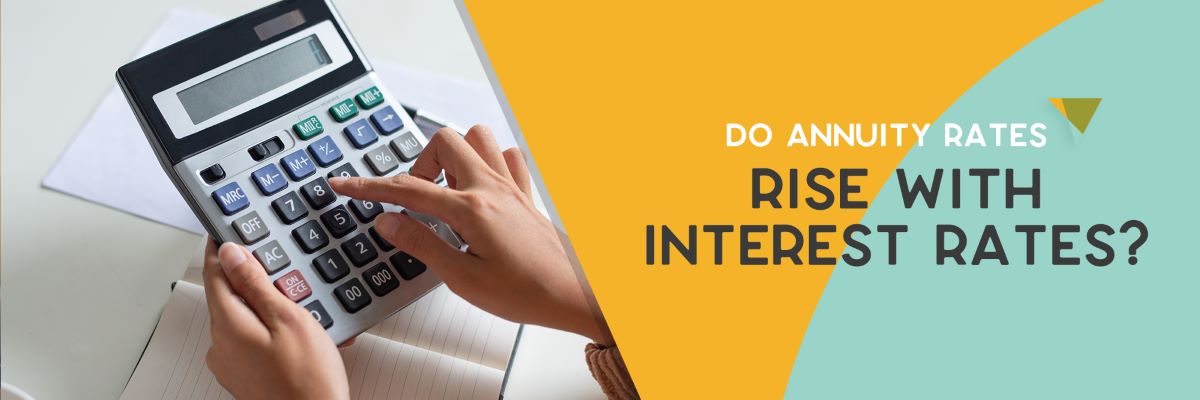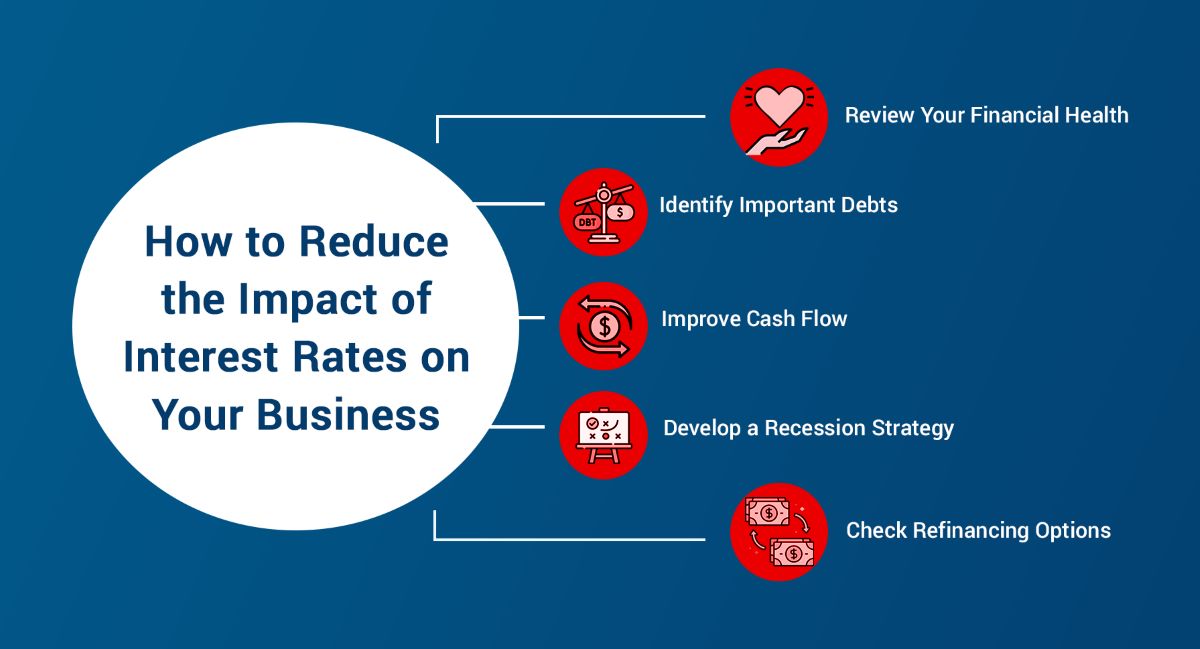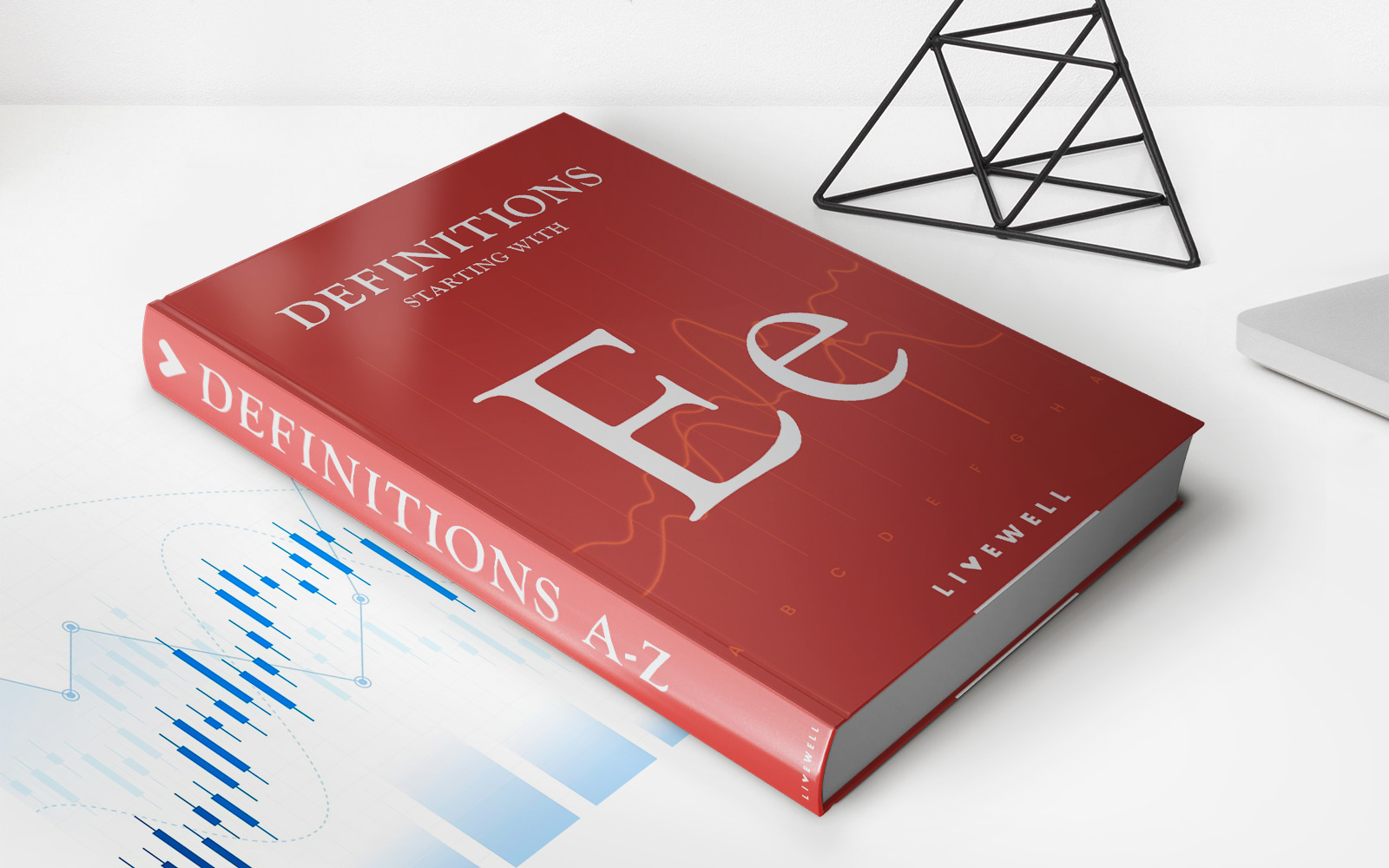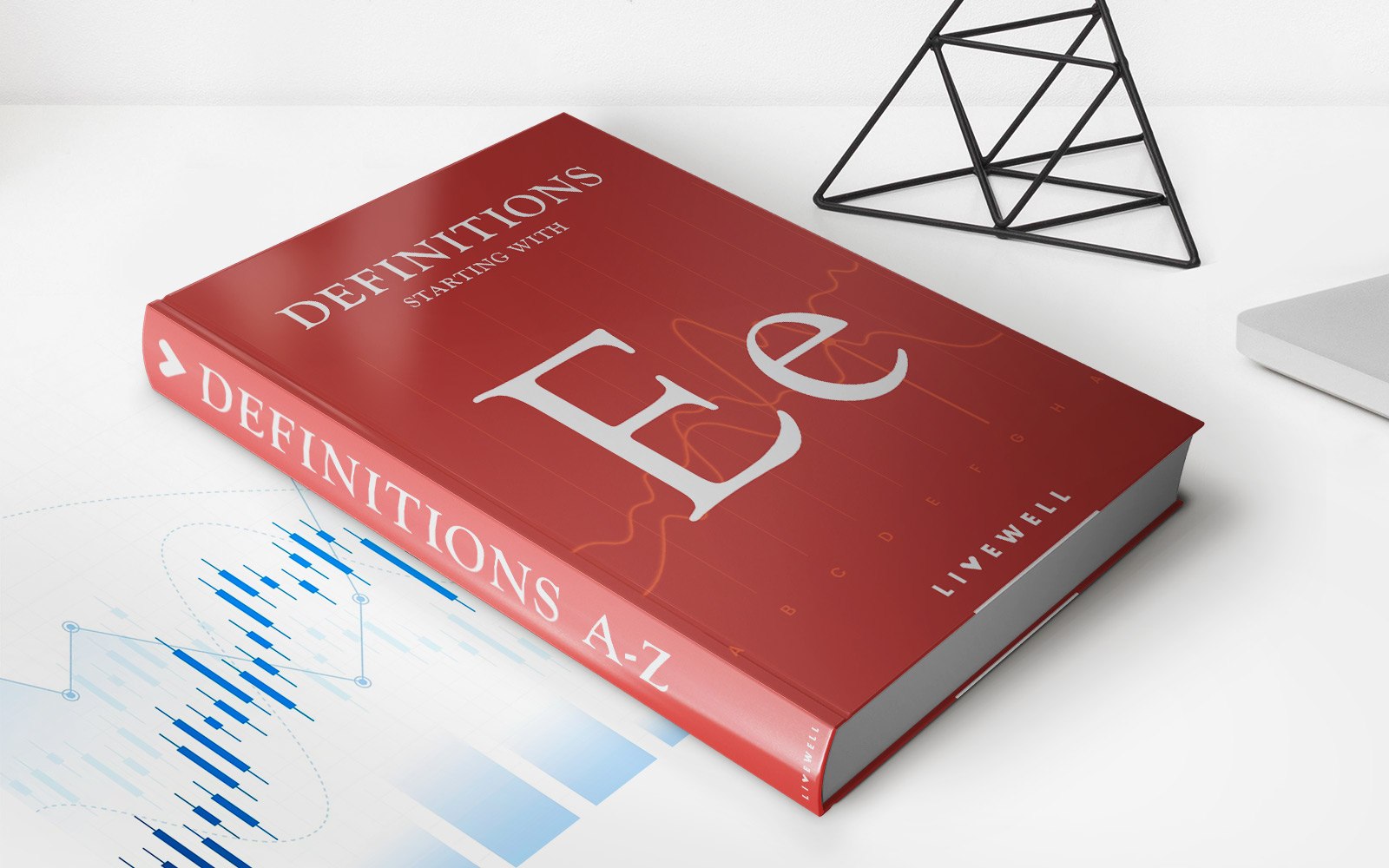Home>Finance>How Do Interest Rates Affect Mergers And Acquisitions?


Finance
How Do Interest Rates Affect Mergers And Acquisitions?
Published: February 24, 2024
Learn how interest rates impact mergers and acquisitions in the finance industry. Understand the relationship between interest rates and M&A activity.
(Many of the links in this article redirect to a specific reviewed product. Your purchase of these products through affiliate links helps to generate commission for LiveWell, at no extra cost. Learn more)
Table of Contents
Introduction
Interest rates play a pivotal role in the world of finance, influencing various economic activities, including mergers and acquisitions (M&A). Understanding the intricate relationship between interest rates and M&A activity is crucial for businesses, investors, and financial professionals. In this article, we will delve into the multifaceted impact of interest rates on M&A transactions, exploring how fluctuations in interest rates can shape deal structures, financing costs, valuation, and overall M&A activity.
Mergers and acquisitions are complex transactions that involve the consolidation or purchase of companies, assets, or business operations. These strategic moves are often driven by the pursuit of synergies, market expansion, increased competitiveness, and enhanced shareholder value. However, the decision to engage in M&A activity is significantly influenced by prevailing economic conditions, particularly interest rates.
As interest rates fluctuate, they have far-reaching implications for the cost of borrowing, investment returns, and the overall attractiveness of M&A deals. Low interest rates can incentivize companies to pursue acquisitions, as the cost of financing such transactions becomes more affordable. Conversely, high interest rates may deter M&A activity, as borrowing costs escalate and investment returns diminish. Therefore, comprehending the impact of interest rates on M&A is essential for businesses navigating the dynamic landscape of corporate transactions.
The Impact of Interest Rates on Mergers and Acquisitions
Interest rates exert a profound influence on the dynamics of mergers and acquisitions, shaping the strategic decisions and financial considerations of companies involved in such transactions. When interest rates are low, borrowing costs decrease, making it more feasible for companies to finance M&A deals through debt. This can lead to an uptick in M&A activity, as companies capitalize on the favorable financing environment to pursue strategic acquisitions or consolidation efforts. Additionally, low interest rates can bolster the confidence of acquirers, as the cost of capital is reduced, potentially enhancing the attractiveness of pursuing M&A opportunities.
Conversely, when interest rates rise, the cost of borrowing escalates, impacting the affordability of financing M&A transactions. Higher interest rates can lead to decreased M&A activity, as companies may find it more challenging to justify the costs associated with pursuing acquisitions or mergers. Furthermore, rising interest rates can dampen investor sentiment, affecting the valuation of companies and influencing the negotiation dynamics of M&A deals.
It is important to recognize that the impact of interest rates on M&A extends beyond the realm of financing. Fluctuations in interest rates can also influence the valuation of companies, affecting the pricing of acquisition targets and the assessment of investment opportunities. When interest rates are low, the present value of future cash flows may be higher, potentially elevating the valuation of companies and assets. This can impact the negotiation process in M&A transactions, as acquirers and sellers navigate the implications of interest rate movements on the perceived value of the deal.
Moreover, the macroeconomic environment shaped by interest rates can significantly impact the strategic rationale behind M&A activity. Low interest rates may spur industry consolidation efforts, as companies seek to achieve economies of scale and operational efficiencies. On the other hand, high interest rates may prompt companies to prioritize organic growth over acquisitions, as the cost of capital rises and the focus shifts towards optimizing internal operations.
Financing Costs and Deal Structures
Interest rates play a pivotal role in shaping the financing costs and deal structures associated with mergers and acquisitions. When interest rates are low, companies can capitalize on the opportunity to secure financing at more favorable terms, potentially leveraging higher levels of debt to fund M&A transactions. The lower cost of debt can influence the capital structure of the acquiring company, impacting the balance between equity and debt financing in the deal structure. Additionally, low interest rates can make leveraged buyouts and debt-funded acquisitions more attractive, as the cost of servicing the debt is reduced, potentially enhancing the financial viability of such transactions.
Conversely, when interest rates rise, the cost of borrowing increases, prompting companies to reevaluate their financing strategies for M&A transactions. Higher financing costs can lead to a shift towards greater reliance on equity financing, altering the capital structure of the acquiring company and potentially diluting existing shareholders. Furthermore, rising interest rates can necessitate a reassessment of deal structures, as companies navigate the implications of higher borrowing expenses on the financial feasibility of acquisitions and mergers.
It is essential for companies engaging in M&A activity to carefully consider the interplay between interest rates, financing costs, and deal structures. The prevailing interest rate environment can influence the decision-making process regarding the optimal mix of debt and equity financing, as well as the structuring of payment terms and contingent considerations in the deal. Moreover, fluctuations in interest rates can impact the availability of financing options, affecting the flexibility and terms of funding for M&A transactions.
Understanding the relationship between interest rates and financing costs is integral to crafting effective deal structures that align with the strategic objectives of the acquiring company while optimizing the use of financial resources. By comprehensively assessing the impact of interest rates on financing, companies can navigate the complexities of M&A transactions with greater insight, positioning themselves to capitalize on opportunities and mitigate potential risks associated with fluctuating interest rate environments.
Valuation and Investment Decisions
Interest rates exert a significant influence on the valuation of companies and the investment decisions underlying mergers and acquisitions. The discount rate used in valuation models, such as the discounted cash flow (DCF) method, is intricately linked to prevailing interest rates. When interest rates are low, the discount rate applied to future cash flows decreases, potentially leading to higher valuations for companies and assets. This can impact the pricing of acquisition targets and the assessment of investment opportunities, as acquirers navigate the implications of low interest rates on the perceived value and potential returns associated with M&A transactions.
Conversely, when interest rates rise, the discount rate increases, potentially resulting in lower valuations for companies and assets. The impact of rising interest rates on valuation can influence the negotiation dynamics of M&A deals, as acquirers and sellers grapple with the implications of higher discount rates on the perceived value and pricing of the transaction. Furthermore, the assessment of investment decisions related to M&A activity is intricately tied to the prevailing interest rate environment, as companies evaluate the potential returns and risks associated with strategic acquisitions and mergers.
It is essential for businesses engaged in M&A transactions to consider the interplay between interest rates, valuation, and investment decisions. Fluctuations in interest rates can introduce complexities into the assessment of investment opportunities, as companies weigh the impact of interest rate movements on the projected cash flows, risk-adjusted returns, and overall attractiveness of potential deals. Additionally, the macroeconomic conditions influenced by interest rates can shape the strategic rationale behind investment decisions, impacting the prioritization of M&A activities in the corporate growth strategy.
By integrating an understanding of the relationship between interest rates and valuation into the M&A decision-making process, companies can enhance their ability to assess and pursue strategic opportunities with greater clarity. This entails conducting comprehensive financial analyses that account for the impact of interest rates on discount rates, cash flow projections, and the overall assessment of investment value. Moreover, aligning valuation considerations with the prevailing interest rate environment enables acquirers to make informed investment decisions and navigate the complexities of M&A transactions with a nuanced understanding of the financial implications.
Economic Conditions and M&A Activity
Interest rates serve as a barometer of economic conditions, exerting a profound impact on the landscape of mergers and acquisitions (M&A) activity. The prevailing interest rate environment reflects broader macroeconomic conditions, influencing the cost of capital, investment decisions, and the overall attractiveness of pursuing M&A transactions. Low interest rates can stimulate M&A activity by reducing the cost of financing, potentially prompting companies to pursue strategic acquisitions, industry consolidation efforts, or expansion initiatives.
Conversely, when interest rates rise, the cost of borrowing increases, potentially dampening M&A activity as companies navigate higher financing costs and reassess the financial feasibility of pursuing acquisitions or mergers. The impact of rising interest rates on M&A activity extends beyond financing considerations, influencing the strategic rationale behind corporate transactions and the valuation dynamics of potential deals. Additionally, interest rate movements can shape investor sentiment, impacting the willingness to engage in M&A activities and the overall appetite for corporate transactions.
Moreover, the relationship between interest rates and M&A activity is intertwined with broader economic trends, including GDP growth, industry performance, and market dynamics. Low interest rates may coincide with periods of economic expansion, providing companies with the impetus to pursue growth-oriented M&A strategies. Conversely, rising interest rates may signal shifts in the economic landscape, prompting companies to recalibrate their strategic priorities and adapt to evolving market conditions.
It is essential for businesses, investors, and financial professionals to closely monitor the interplay between interest rates and economic conditions when evaluating M&A opportunities. By contextualizing M&A decisions within the broader economic landscape shaped by interest rates, stakeholders can gain valuable insights into the potential risks, opportunities, and strategic implications associated with corporate transactions. Additionally, a nuanced understanding of the relationship between interest rates and M&A activity enables companies to adapt their strategies in response to changing economic conditions, positioning themselves to navigate the complexities of the M&A landscape with agility and foresight.
Conclusion
Interest rates wield a profound influence on the intricate dynamics of mergers and acquisitions (M&A), permeating the strategic, financial, and economic dimensions of corporate transactions. The impact of interest rates on M&A activity is multifaceted, encompassing financing costs, deal structures, valuation dynamics, and the broader economic conditions that shape the corporate landscape. As interest rates fluctuate, companies, investors, and financial professionals must navigate the complexities of M&A transactions with a nuanced understanding of the interplay between interest rates and strategic decision-making.
Low interest rates can stimulate M&A activity by reducing the cost of borrowing, potentially fostering an environment conducive to strategic acquisitions, industry consolidation efforts, and expansion initiatives. However, the allure of low interest rates must be balanced with a comprehensive assessment of the financial implications, investment value, and strategic rationale underlying M&A transactions. Conversely, rising interest rates can introduce challenges to M&A activity, prompting companies to recalibrate their financing strategies, reassess deal structures, and adapt to evolving economic conditions.
It is imperative for stakeholders involved in M&A transactions to integrate an understanding of the relationship between interest rates and corporate transactions into their decision-making processes. By recognizing the impact of interest rates on financing costs, deal structures, valuation dynamics, and economic conditions, companies can navigate the complexities of the M&A landscape with foresight and agility. This entails conducting comprehensive financial analyses, contextualizing M&A decisions within the broader economic landscape, and adapting strategies in response to changing interest rate environments.
Ultimately, the interplay between interest rates and M&A activity underscores the need for a holistic approach to strategic decision-making, one that acknowledges the nuanced influence of interest rates on corporate transactions. By leveraging a nuanced understanding of the impact of interest rates on M&A, businesses and investors can position themselves to capitalize on strategic opportunities, mitigate potential risks, and navigate the dynamic landscape of corporate transactions with clarity and insight.














